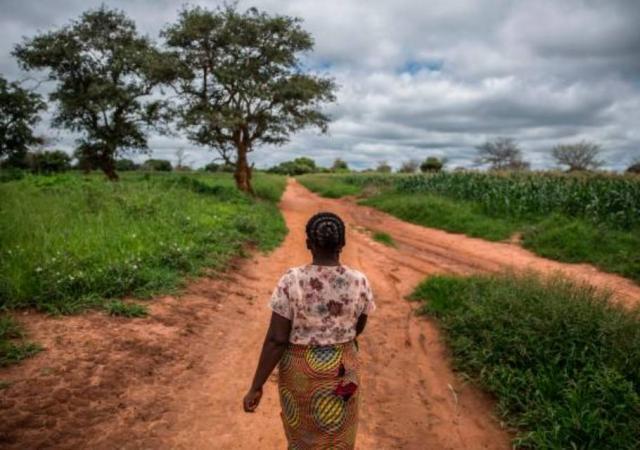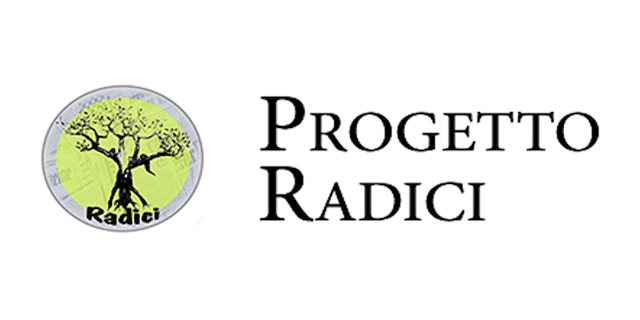Safety, health situation, transport and useful numbers in Zambia

Derrick Chanda
Safety
The general safety conditions in Zambia are quite good. However, demonstrations are always possible that could lead, even suddenly, into riots and violence. The areas most affected are the large urban centers, the main roads and the surroundings of the university campuses. Following the arrest of the opposition leader on 11 April 2017, protests are possible in the coming weeks, in particular in Lusaka, in the south of the country and in the Copperbelt Region. We therefore recommend the utmost caution, to avoid any type of gathering and demonstration, wherever it takes place (including stops of means of transport), and to keep yourself constantly informed about the evolution of the situation.
If you decide to take part in local events such as religious, traditional festivals, etc., it is preferable to be accompanied by a local guide to avoid finding yourself, even if only involuntarily, in situations of embarrassment and potential conflict with local customs.
Crime is steadily on the rise, albeit in non-alarming terms. Especially in the major cities there are occasional episodes of crime against foreign tourists. It is recommended to limit movements at night. The precarious conditions of urban and extra-urban roads, as well as the prevalent lack of lighting and signs, require extreme caution when driving and advise against long night trips.
The country shares with most of the rest of the world the risk of being exposed to actions linked to phenomena of international terrorism; it is therefore advisable to register on the site Where we are in the world the data relating to the trip you intend to undertake.
Health situation
Healthcare facilities: hospitals, especially public hospitals that offer completely inadequate care and far below Western standards. Before embarking on the trip, it is advisable to take out health insurance that provides, in addition to covering medical expenses, also for any medical air repatriation or transfer to another country.
Present diseases: the most common diseases, even in cities, are AIDS, malaria, tuberculosis, bilharzia (schistosomiasis.), Meningitis, polio.
It should also be noted that during the rainy season (from November to April) epidemics of cholera can occur, especially in rural areas, where the sanitary conditions are more precarious.
Since February 2016, over 850 cases of cholera have been found and on 22 February a cholera alert was proclaimed in the capital. Despite measures taken by the Ministry of Health, cases have increased rapidly, involving above all, in addition to the Lusaka area, albeit to a lesser extent, other 6 departments. In fact, the most recent WHO report highlights 863 cases in mid-April, with 16 deaths. It is therefore recommended to use all preventive measures in the use of sanitary and hygienic services and in the choice of refreshment points (raw food is not recommended).
Malaria is widespread in the Copperbelt province and the use of repellents and mosquito nets is recommended. Same precautions for stays or excursions along the waterways (Zambezi rivers, Kafue, Lake Kariba, etc.). Malarial prophylaxis is however only recommended for short stays.
Transport and communications
Zambia’s main international gateway is Lusaka, Gone are the days when Zambia wanted to fly via Johannesburg, Lusaka is fast becoming something of a regional hub. KLM now flies direct from Amsterdam and the Emirates offer low-cost connections through its Middle East base, alongside existing British Airways service and a greatly expanded Ethiopian network. Air Namibia now also offers low cost connections from Cape Town via Windhoek. British Airways flies to Livingstone from Johannesburg with Pro-Flight, a local operator connecting Lusaka with Livingstone, near spectacular Victoria and Mfuwe Falls, near South Luangwa National Park and other regional destinations.
TAZARA trains run between Kapiri Mposhi, Zambia and Dar es Salaam, Tanzania, on Tuesdays and Thursdays. According to the schedule, the journey takes 38 hours, but these trains run regularly. If you’re on schedule, a train may not be your best choice. On the other hand, a train ride between Dar es Salaam and Zambia is a nice way to see the countryside at a reasonable price (about $ 55 for a first-class dorm and $ 40 for a second).
Zambia is a large country and the public roads are fair enough for a normal car. Sometimes there are deep potholes (holes in the road), but they are avoidable if you don’t drive too fast. Most of the Zambians drive in a controlled manner, sometimes a little too fast. Be especially aware of buses and trucks. They are wide and very long and they drive too fast. If you see a truck or bus approaching, drive slower and always keep to the left as much as you can. They tend to use the middle of the road, pushing away from the road. If you want to see more Zambia, you will need a good 4 × 4 four wheel drive. Especially from December until early April, the rains fall and the roads are wet and muddy. Zambia is a wonderful country, a beautiful person, full of stunning nature and wildlife. The best known parks in Zambia are Kafue (west of Lusaka) and South Luangwa (east of Lusaka). The south of Luangwa is known and known as one of the most beautiful wildlife parks in all of Africa. Most of Zambia’s national parks, such as South Luangwa National Parl (SLNP), can be visited with your private car. However, to fully enjoy this, you will need a 4 × 4 car.
There are international bus routes. It is possible to take a bus across the border into Malawi, Zimbabwe or Tanzania. Immigration could be tiring, considering the large number of people who require simultaneous processing. There is also a bus route in South Africa via Zimbabwe. Most cross-border operators choose this mode of transport as it is considered cheaper than flying. However, it will take non-stop driving more than a day to reach South Africa.
Useful addresses and numbers
LITTLE. Box 50497 – Lusaka (ZAMBIA)
Plot n. 5211, Embassy Park, Diplomatic Triangle – Lusaka
Tel: 00260 211 250781/250755
Fax: 00260 211 254929
Mobile on call: 00260 966250755
Email: ambasciata.lusaka@esteri.it, consolare.lusaka@esteri.it
Website: http://www.amblusaka.esteri.it
Emergencies: 999
Police: 991/0211 220007
Ambulances: 991
Firefighters: 993/0211 220180
Zambian Immigration Office: http://www.zambiaimmigration.gov.zm/
Medical transport company (air evacuation and ambulance service)
S.E.S. (SPECIALTY EMERGENCY SERVICES):
Tel .: 00260 211 273302 – 7 / Mobile: 00260 977 770302 – 3 (Lusaka)
Tel .: 00260 212 211182 / Mobile: 00260 97 770306 – 7 (Kitwe / Ndola)
Website: http://ses-zambia.com
Local Tourist Board – Zambia National Tourist Board:
Tel: 00260 211 229087
Fax: 00260 211 225174
Email: zntb@zambiatoursim.org.zm – info@zambiatourism.org.zm
Website: http://www.zambiatourism.com
Derrick Chanda corrispondent Project Roots Lukasa Zambia







